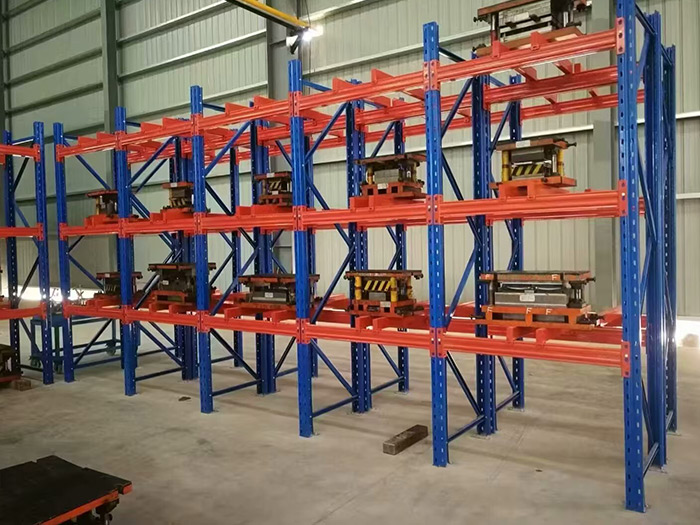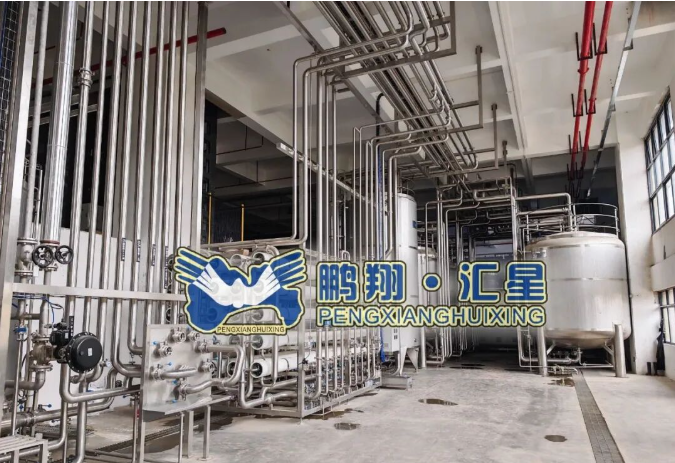As homeowners increasingly seek energy efficiency and comfort, the challenge of insulating an old house without the disruption of tearing down walls becomes paramount. Older homes often lack modern insulation, leading to drafts, high energy bills, and uncomfortable living conditions. Fortunately, there are several innovative strategies to enhance insulation while preserving the integrity of your home. This article explores practical methods, materials, and considerations for effectively insulating an old house without extensive renovations.
Understanding the Challenges of Insulating Old Homes
Before diving into solutions, it’s essential to understand the unique challenges posed by older homes. Many of these structures were built before modern insulation standards were established, often featuring:
- Uninsulated Walls: Many older homes have little to no insulation in their walls, leading to significant heat loss.
- Drafty Windows and Doors: Single-pane windows and ill-fitting doors contribute to energy inefficiency.
- Inaccessible Spaces: Areas like attics, crawl spaces, and basements may be difficult to insulate due to their design.
- Assessing Your Home’s Insulation Needs
The first step in any insulation project is to conduct a thorough assessment of your home’s current insulation. This can be done through:
- Energy Audits: Hiring a professional energy auditor can help identify areas of heat loss and recommend specific improvements.
- DIY Inspection: Homeowners can check for drafts around windows and doors, inspect the attic for insulation levels, and look for gaps in the foundation.
- Insulating Walls from the Inside
One of the most effective ways to insulate an old house without tearing down walls is to insulate from the interior. Here are some methods to consider:
a. Injected Foam Insulation
Injected foam insulation is a popular choice for older homes. This method involves drilling small holes into the walls and injecting foam insulation, which expands to fill gaps and voids. Benefits include:
- Minimal Disruption: Only small holes are made, which can be easily patched afterward.
- Air Sealing: The foam not only insulates but also seals air leaks, improving overall energy efficiency.
b. Rigid Foam Board Insulation
Rigid foam board insulation can be applied directly to the interior side of exterior walls. This method is particularly effective in basements and crawl spaces. Key advantages include:
- High R-Value: Rigid foam boards offer excellent thermal resistance.
- Moisture Barrier: They can also act as a moisture barrier, protecting against mold and mildew.
- Improving Attic Insulation
The attic is often a significant source of heat loss in older homes. Here are some strategies to enhance attic insulation without major renovations:
a. Blown-In Insulation
Blown-in insulation, such as cellulose or fiberglass, can be added to existing attic insulation. This method is efficient and can be done without removing existing materials. Benefits include:
- Easy Application: Blown-in insulation can fill gaps and voids effectively.
- Increased R-Value: Adding more insulation increases the overall R-value, improving energy efficiency.
b. Radiant Barriers
In warmer climates, installing radiant barriers in the attic can help reduce heat gain. These reflective materials can be placed under the roof to reflect radiant heat away from living spaces, keeping homes cooler.
- Sealing Air Leaks
Before or alongside insulation efforts, sealing air leaks is crucial. Common areas to check include:
- Windows and Doors: Use weatherstripping or caulk to seal gaps.
- Electrical Outlets: Install foam gaskets behind outlet covers to reduce drafts.
- Ductwork: Ensure that ducts are sealed and insulated to prevent conditioned air from escaping.
- Upgrading Windows and Doors
While replacing windows and doors may seem like a significant investment, it can dramatically improve insulation. If replacement isn’t feasible, consider:
- Storm Windows: Adding storm windows can improve insulation without the need for full replacement.
- Window Film: Applying window film can enhance thermal performance and reduce UV exposure.
Conclusion: A Sustainable Approach to Insulation
Insulating an old house without tearing down walls is not only possible but can also be achieved through a combination of innovative techniques and materials. By assessing your home’s needs, utilizing injected foam or rigid foam board insulation, improving attic insulation, sealing air leaks, and upgrading windows and doors, you can create a more energy-efficient and comfortable living environment.



